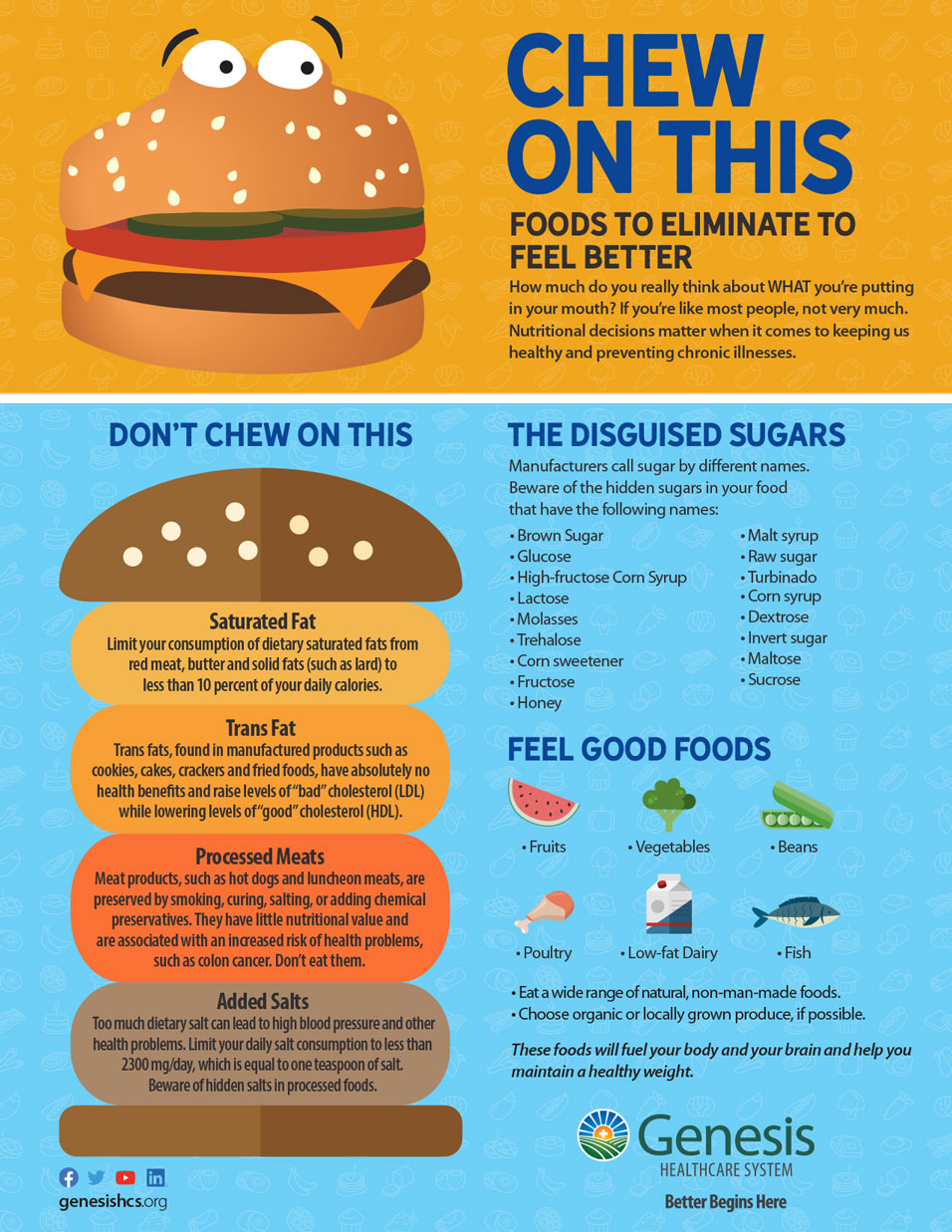Breaking bad, habits that is
Not all habits are made to be broken. Good habits, like making your bed every morning, using manners and not spending more than you earn should be kept. But habits like stress eating, excessive drinking and nail biting, like it or not, are bad for you. Changing your habits is doable. Here’s how:
Identify Cues
Something has to trigger a habit, and a cue can be anything. Maybe stress makes you crave chocolate, or the sound of your alarm triggers you to hit the snooze button. Identifying cues helps you understand what puts your habits into motion.Disrupt
Once you know the cues, you can throw bad habits off track. If the alarm cues you to hit the snooze button, put the alarm clock on the other side of the room so you’re forced to get up.Replace
Research from 2011 in a Personality and Social Psychology Bulletin shows that replacing a bad behavior with a good one is more effective than stopping the bad behavior alone. The new behavior “interferes” with the old habit and prevents your brain from going into autopilot. Deciding to eat fruit every time your mind thinks “cookie” substitutes a positive behavior for the negative habit.Keep it simple
It’s usually hard to change a habit because the behavior has become easy and automatic. The opposite is true, too: new behaviors can be hard because your brain’s basal ganglia, (the “autopilot” part), hasn’t taken over this behavior yet. Simplifying new behaviors helps you integrate them into your autopilot routines.Think long-term
Habits often form because they satisfy short-term impulses, the way chewing on your nails might immediately calm your nerves. But short-term desires often have long-term consequences, like chewed up fingers. Thinking about the long term while trying to change some habits will help you remember why you’re working to change the habit.Persist
Research published in Health Psychology Review has shown that what you’ve done before is a strong indicator of what you’ll do next. This means established habits are hard to break. But the good news is, if you keep at it, your new behaviors will turn into habits, too. Persistence works.
With a bit of time and some effort, healthy behaviors can become second nature.
Genesis HealthCare System’s Health and Wellness content conveniently provides accurate and helpful information. Your health history and current health may impact suggestions provided through our Health and Wellness content. Although we hope this information is helpful, it is not a substitute for your doctor's medical advice. Before making any significant changes, please consult your doctor.










